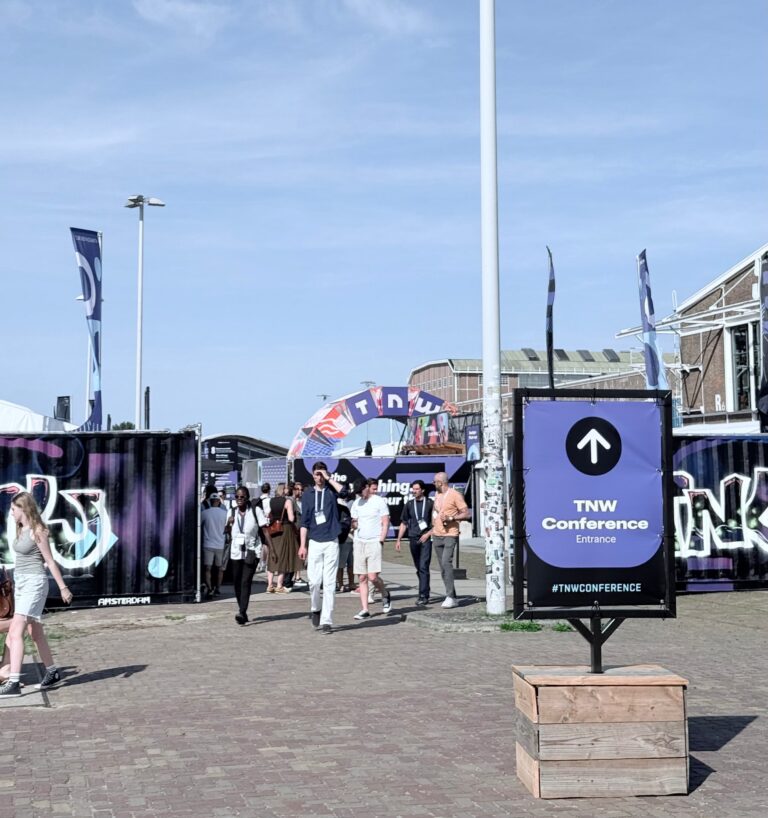Remember when “leaving work at work” actually meant walking out of a building? Ten years ago, what we now call “work-life balance” was something most people talked about but few actually had. It was more of an aspiration than an expectation. So, since it’s Labor Day today (yay!), let’s talk about how our relationship with work has completely transformed over the last decade, and especially in the tech world.
Many of you can recall that just ten years ago, the startup culture was all about the hustle
Bragging about an 80-hour workweek was cool. Sleeping under your desk? That was practically a badge of honor. With policies like BYOD becoming popular, our smartphones had firmly attached themselves to our hands, and that seems to have created an expectation that we should always be available.
“Rise and grind” wasn’t just a catchphrase. It was a way of life. Being the first one in and the last one out wasn’t just noticed – it was celebrated.
Remote work? — Practically unheard of.
Talking openly about mental health? — Even rarer.
People left vacation days unused because somewhere along the line, we decided that being constantly busy was the ultimate proof of our worth.
Getting anxious about not responding to work messages at 10 PM on a Saturday was totally normal. We all wanted to be the next big success story, thinking that meant sacrificing everything else in life.
The Wellness Fakery
As office employees started burning out en masse, companies finally noticed that people were exhausted. In the many companies, unless otherwise imposed by local labor laws, instead of addressing the real issues, many offeredoffice perks like meditation rooms that nobody had time to use, and ping-pong tables gathering dust. Tech campuses expanded to include gyms, laundry services and fancy cafeterias. The message was pretty clear: “We’ve made it so comfy here, why would you ever need to leave?”
Here Comes the (Kraken) Pandemic
Then 2020 happened (feels like a thousand years ago and yesterday and the same time, huh?), and the whole game changed. No one saw it coming, but a global pandemic forced the world to pause and rethink. It also imposed a massive experiment of remote work that no company would have willingly tried.
And guess what? We discovered that the majority of office work can be done pretty much from anywhere. Suddenly our homes turned into offices, daycares and schools all at once.
There were toddlers crashing video calls and cats walking across keyboards. Work and life blurred together in ways we’d never experienced. The pandemic was rough in countless ways, but it completely changed how we think about work. People realized they could code just as well from their kitchen table as they could from an open office with free kombucha.
Finding the Middle Ground
As the world started opening back up, everyone began figuring out what work should look like going forward. The hybrid model became the popular compromise: some days in the office, some days remote.
More importantly, talking about mental health and burnout wasn’t such a taboo anymore. Companies that had never even considered flexible schedules suddenly found themselves competing for talent based on their work-life balance policies. The power dynamic shifted in a big way. For the first time in forever, workers had some leverage to demand conditions that respected them as humans, not just productivity machines.
Where Are We Now
Today’s work world would blow the minds of our 2010’s selves, huh? And the biggest change is how we define “success” has expanded. The workaholic thing still exists, but it is no longer the only role model. We now celebrate a culture where companies and employees grow, while still having functioning personal lives. Balance here is both about autonomy and trust. It’s about knowing that your life and health values as much as your output.
What’s Coming Next?
Looking ahead, the most exciting trend isn’t any specific policy, it is how personalized the work arrangements are becoming. Companies are recognizing the need for different setups at different life stages.
But new challenges are already on the horizon. While digital burnout is getting serious attention, 2024 has given us another term to worry about: brain rot – crowned Oxford’s word of the year. As screen time skyrockets and AI tools become part of our daily workflow, there is growing concern that cognitive skills will deteriorate simply because machines are doing so much of the thinking for us.
At the same time, major differences in working practices are emerging around the world. In some regions, particularly in Europe, strong labour laws continue to support workers’ rights. Meanwhile, in places like the US, where the influence of trade unions was slowly declining for decades, and protections often depended heavily on local regulations, when it comes to worker’s experiences – mileage varies depending on where they are.
The Next Big Challenge?
Tackling digital burnout seems to be the next wave rising. Even with better boundaries between work and personal time, many of us still spend our “off hours” glued to screens, and digital wellness, as the next frontier of work-life balance is a thing.
Balance is still evolving. We are already seeing shifts toward “life-centric work” and designing jobs around real human needs. But if there is one thing we can count on, it is this: the age of glorifying burnout is over.
And, honestly? It is about time.





